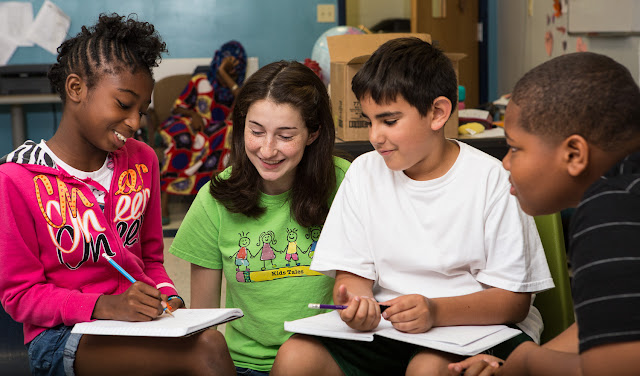Reggio Emilia is an educational approach used primarily for teaching children aged 3 to 6. The method is named after the city in northern Italy where teacher Loris Malaguzzi founded a new approach to early childhood education after World War II. Malaguzzi’s philosophy was based on the belief that children are competent, curious and confident individuals who can thrive in a self-guided learning environment where mutual respect between teacher and student is paramount. While the first Reggio Emilia preschool opened in 1945, the approach attracted a serious following in the United States in 1991 after Newsweek named the Diana preschool in Reggio Emilia among the best early childhood institutions in the world.
Reggio Emilia schools emphasize the importance of parents taking an active role in their child’s early education. Classrooms are designed to look and feel like home and the curriculum is flexible, as there are no set lesson plans. Reggio Emilia stresses growth on the students’ terms. Art supplies are an important component of any Reggio Emilia classroom and traditional schools have an atelierista, or art teacher, who works closely with the children on a variety of creative projects. Reggio Emilia teachers often keep extensive documentation of a child’s development, including folders of artwork and notes about the stories behind each piece of art.


